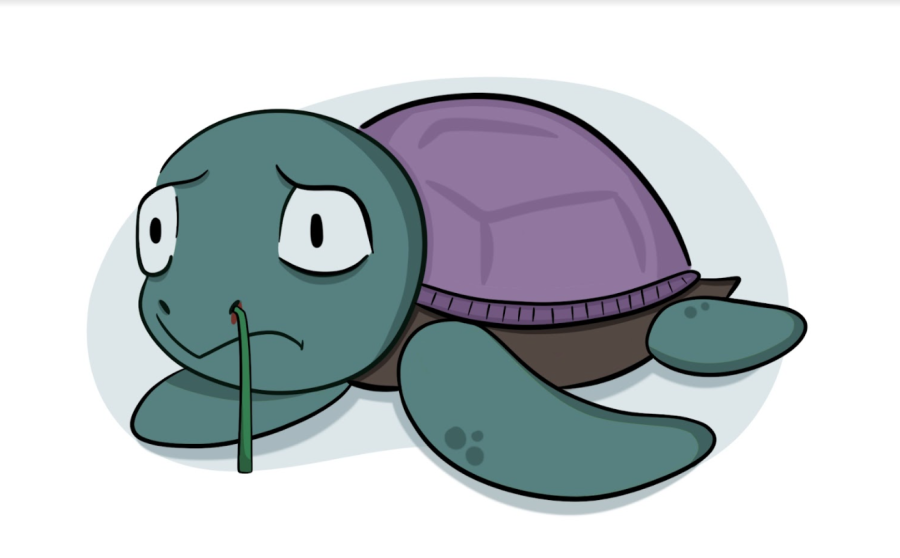GRASPING AT STRAWS: The debate of plastic versus paper straws has caused an increase in paper straw usage, but are they really helping to save our environment?
The paper versus plastic straws debate
After a video of a bloodied turtle with a straw being extracted from its nose went viral in 2017, calls for a switch from plastic to paper straws became deafening. Companies such as Starbucks and American Airlines have switched from plastic to paper straws in an effort to remain culturally relevant under the baseless assumption that paper utensils are better for the environment than plastic.
The switch from plastic to paper straws was the result of people wishing to reduce their ecological footprint—and many did—but this switch caused an increase in their carbon footprint, which is the amount of carbon dioxide emitted by a particular person or group. Paper straws require more resources to create and transport than plastic straws. Since paper products in general require more energy and resources to manufacture than plastic products, more greenhouse gasses are emitted from warehouses that manufacture paper straws.
Additionally, paper straws are one of the leading causes of deforestation. Plastic straws are made from petroleum byproducts—resources already extracted and processed for other reasons. Paper straws, on the other hand, must be made from organic materials and therefore their production cuts down trees and destroys animal habitats quicker than their plastic counterparts. The production of paper straws makes their usage just as, if not more, damaging than plastic straws to our environment, and is contributing to our planet’s decline through global warming and deforestation.
Of course, the main argument is that paper straws biodegrade faster than plastic straws by a surmountable difference. This misguided argument is based on the fact that it takes 100 to 200 years for plastic to biodegrade, but only two to six months for paper products. This should include paper straws, but doesn’t.
For an item to be considered biodegradable, the carbon material of a product must be broken down by 60% after 180 days. Paper itself breaks down according to this definition, but when made into a straw used to aid consumption, this criteria is not so easily met. C&en Chemistry News reported a new study by the University of Florida that showed that paper straws are made from water-resistant polymers so that they do not deconstruct the second they are placed into beverages, thereby increasing the time it takes for paper straws to biodegrade.
When paper straws are used, food residue tends to stick to the sides and seeps into the wall of the straw, due to paper being made of cellulose, which water molecules love to cling to, and makes paper straws a single-use product. These used straws are then cast into landfills, which are specifically designed for trash not to break down. Most recycling facilities will not accept food-contaminated products, so the paper straw that soaked up your favorite fruit punch ends up in the same landfill as their plastic counterparts.
So what can you do to actually save our turtles? When you go to restaurants, request your beverage without a straw. That way, you are reducing your own ecological and carbon footprints and decreasing the amount of trash that ends up in landfills. You could also opt for BYOS: Bring Your Own Straw. There are amazing options such as rubber or metal reusable straws that can fit in your pocket or purse so you always have a way to sip without harming the environment.
In the end, there is no clear answer to the “paper versus plastic” problem, but what is clear is that any disposable straw harms our environment and can kill ecosystems. To truly earn the badge of “Turtle Saver,” opt for either a reusable option or no straw at all.
